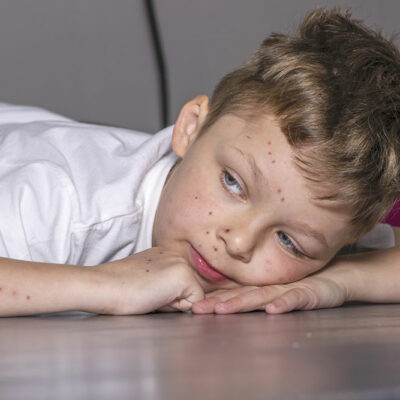
All you need to know about athlete’s foot
If you work for long hours wearing closed, non–breathable shoes, or are perhaps actively involved in sports and fitness, or enjoy hanging out barefoot at pool parties, or share your clothing, shoes, or towels with friends, then you need to know about athlete’s foot.
What is athlete’s foot?
Athlete’s foot is a condition caused by parasitic fungi from the Trichophyton family. These multicellular filamented molds prefer human hosts and inhabit the dead, outer layers of the skin as well as nails. They mostly feed on keratin.
Athlete’s foot and jock itch are caused by the same family of molds or fungus. Their names only differ due to the location of the infection. When the feet are infected, it is known as athlete’s foot, but when the groin area is infected, it is called jock itch.
Who is at risk of developing athlete’s foot?
- Anyone who does not take the necessary preventive measures and is directly or indirectly exposed to this contagious fungus can contract this infection.
- If you’ve sweaty feet, then there’s a likelihood that this contagious species of fungi could infect your feet unless you keep them clean and dry.
- Certain sports, like swimming and running, increase the chances of coming in contact with the parasite that causes athlete’s foot.
Precautions to prevent athlete’s foot
- Do not move barefoot in warm and moist public places like shower cubicles or locker rooms.
- Blow dryers are more effective in drying the interdigital areas of your toes than towels. It helps in drying the area perfectly, without rubbing or tugging at the skin. If the feet are not entirely dry, it may lead to the development of this condition.
- Choose your shoes with care. Leather or canvas shoes are porous and allow the feet to ‘breathe,’ creating a cooler and drier environment for your feet. This discourages the growth of the fungus. Also, avoid vinyl, plastic, or rubber boots or shoes that trap moisture.
- Cleaning and disinfecting all surfaces including bathtubs, bathroom floors, sinks, counters, pool area, shower, and locker rooms with chlorine and bleach helps prevent the spread of this disease. A word of caution — never use more than 10% bleach because a stronger mixture may burn the fingers or legs.
Treatment for athlete’s foot
Treating and drying the feet are not always enough. Besides changing socks regularly, it’s important to disinfect socks, towels, and clothing by adding bleach or by washing them in water which is at temperatures of 60°C to kill the fungi. Also, shoes must be aired well and cleaned with Clorox wipes or dusted with antifungal powder.
In most cases, athlete’s foot triggers the ‘scratch reflex’ which may cause the affected individual to scratch the infected areas vigorously. This aggravates the infected site, leading to open wounds that are susceptible to bacterial infections. So, one must make sure that they do not touch the affected area. If a person develops a bacterial infection, the doctor may prescribe antibiotics.


